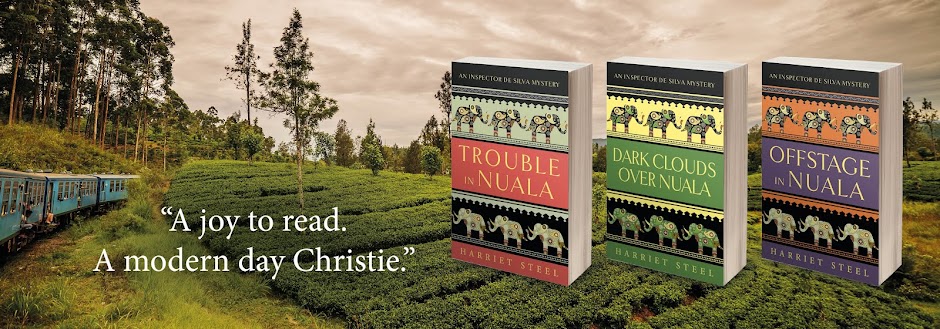Davy's Lamp: 1815
 If you walk up the high street at Penzance in Cornwall, linger a moment by the statue of Sir Humphrey Davy, a pioneering chemist who cared about ordinary people even though he was a toff. While Wellington was busy defeating Napoleon, Davy set about making life safer for coal miners. He invented a lamp that wouldn't ignite the lethal methane gas that infested mines. Sadly, his efforts were only partly successful as the lamps lulled miners into a false sense of security and gave unscrupulous owners an excuse not to install proper ventilation fans.
If you walk up the high street at Penzance in Cornwall, linger a moment by the statue of Sir Humphrey Davy, a pioneering chemist who cared about ordinary people even though he was a toff. While Wellington was busy defeating Napoleon, Davy set about making life safer for coal miners. He invented a lamp that wouldn't ignite the lethal methane gas that infested mines. Sadly, his efforts were only partly successful as the lamps lulled miners into a false sense of security and gave unscrupulous owners an excuse not to install proper ventilation fans.Jane Austen's Emma
 1815 saw the publication of the novel that many think is Austen's best, combining the sparkle and wit of her earlier work with her most perceptive and mature delineation of character. It has been filmed several times, including once as Clueless, and recently dramatized for radio with the setting transported to India.
1815 saw the publication of the novel that many think is Austen's best, combining the sparkle and wit of her earlier work with her most perceptive and mature delineation of character. It has been filmed several times, including once as Clueless, and recently dramatized for radio with the setting transported to India.
The Barber of Seville
Rossini was commissioned to start work on this perennially popular opera in 1815.

Rhinoceros: 1515
Possibly the greatest animal illustration ever, Albrecht Durer's famous woodcut is based on the description of an Indian rhino that had been shipped to Lisbon. It was probably the first to arrive in Europe for a 1000 years. The poor creature was sent on from Lisbon as a gift to the pope but died in a shipwreck on the way. Even though Durer never actually saw the rhino, his picture bursts with a sense of its awesome power.
Umbrella Wars: 1715
In Paris 300 years ago, it was brollies at dawn when Jean Marius' royal patent on the world's first 'modern' umbrella - small lightweight and foldable - ran out. Three rival guilds claimed the right to manufacture the brollies and the ensuing legal battle lasted for most of the rest of the century. Umbrellas became expensive status symbols. King Louise Philippe, the 'Citizen King', who sat on the French throne as a constitutional monarch after the Revolution, was famous for his green one.
Nahum Tate: 1715
Next year we celebrate the anniversary of Shakespeare's death but give a hand to this far less well known dramatist who died 300 years ago. He rewrote King Lear so that almost everyone in the play had a happy ending. He also penned the carol While shepherds watched their flocks by night.
King Cnut: 1015
Most famous for attempting to hold back the sea to demonstrate that he could not control the elements , King Cnut was also one of the most successful kings of Anglo-Saxon England. He ushered in an age of prosperity after years of warfare between Saxons and Vikings. His victorious campaign to become king began in summer 1015, when he landed in Wessex with an invasion force.
F***: 1965
 The expletive was broadcast on British TV for the first time on a late-night BBC TV show by the theatre critic, Ken Tynan. Outrage followed and Mary Whitehouse, that self-appointed guardian of public morality, said he should have his bottom spanked. As he was known to indulge in flagellation, he might have been happy to agree.
The expletive was broadcast on British TV for the first time on a late-night BBC TV show by the theatre critic, Ken Tynan. Outrage followed and Mary Whitehouse, that self-appointed guardian of public morality, said he should have his bottom spanked. As he was known to indulge in flagellation, he might have been happy to agree.
Parlez vous franglais? 1990 The workers on the French and British sections of the Channel Tunnel met 120 feet beneath the seabed. Britain was at last linked to the Continent by land.





















